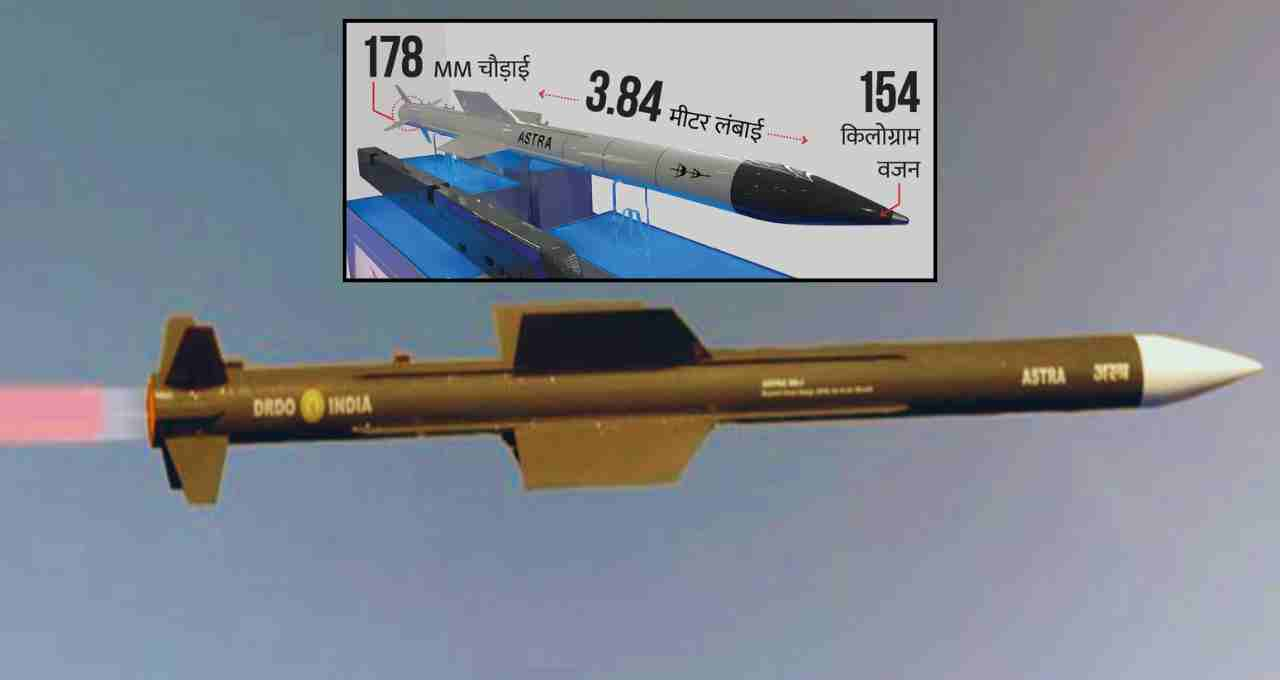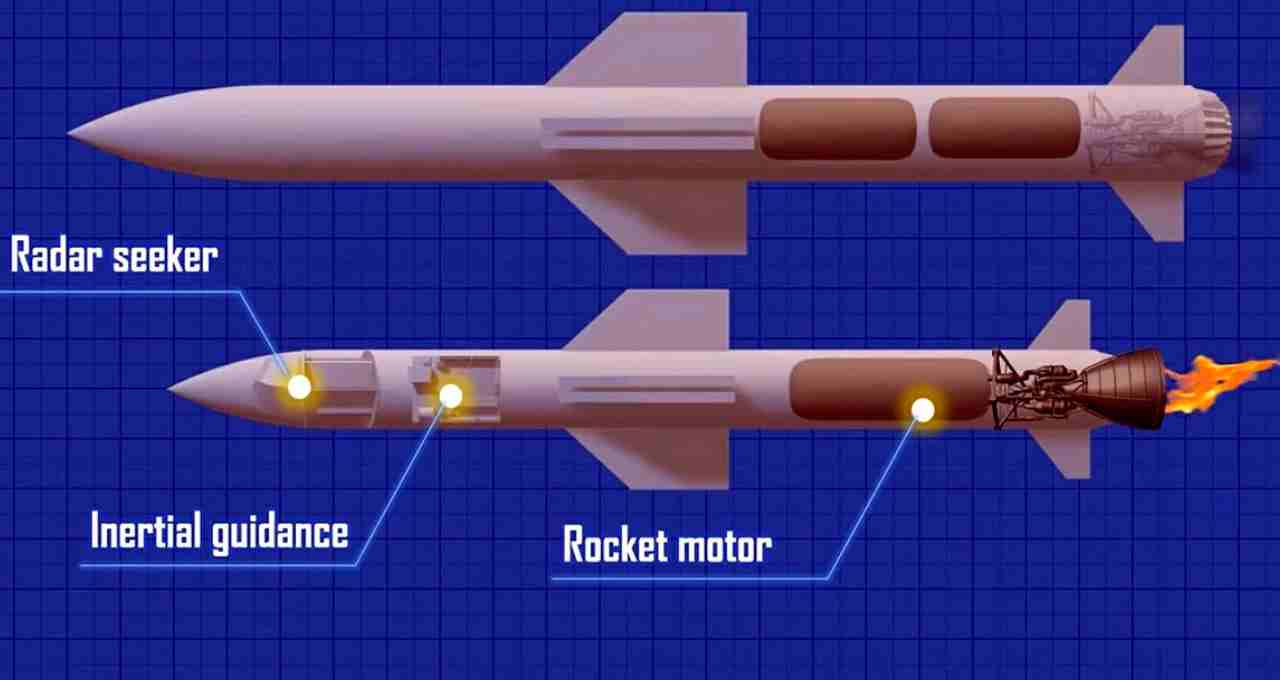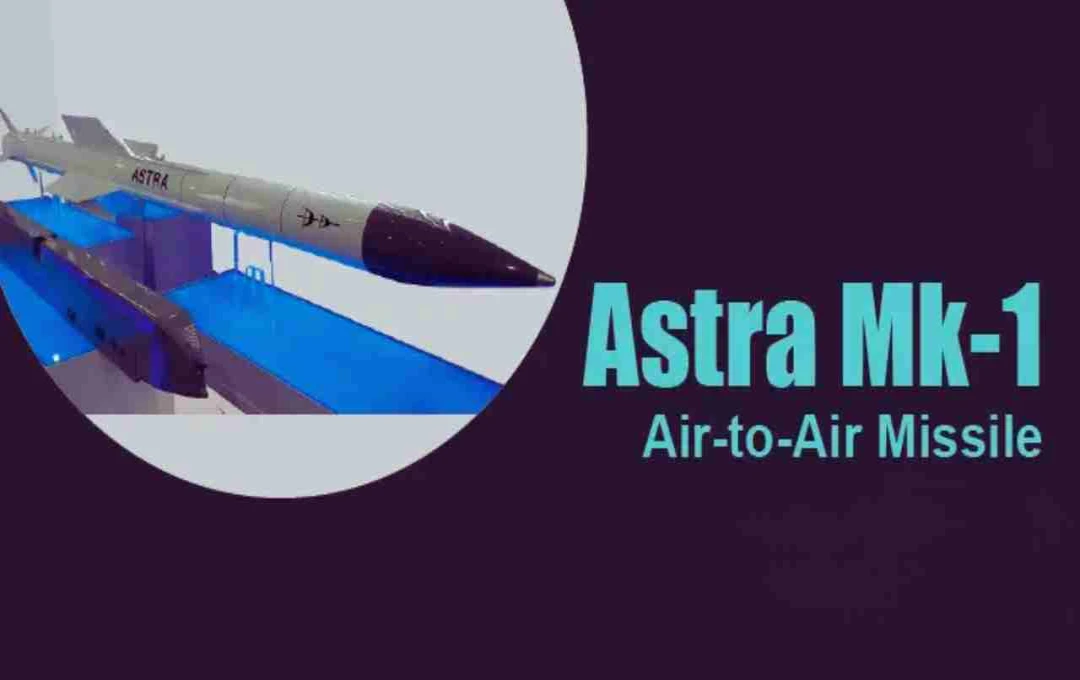India's response to the Pulwama terrorist attack is being closely watched by the nation and the world. While the Indian government has not yet announced any official military action, the security preparations and strategic activities underway are significant.
New Delhi: Tensions between India and Pakistan have once again escalated. The terrorist attack in Pulwama, Jammu and Kashmir, sent shockwaves across the country. Although responsibility for the attack has been claimed by a terrorist organization, India's gaze is firmly fixed on Pakistan, as India has previously stated that nations harboring terrorists will not be spared.
Meanwhile, India has taken a significant and surprising step. Production of its advanced indigenous Astra Mk1 missile has been dramatically accelerated. This missile, dubbed the "killer of fighter jets," signals India's preparedness to Pakistan.
Astra Mk1: Guardian of Aatmanirbhar Bharat (Self-Reliant India)
The Astra Mk1 missile is India's first indigenous Beyond Visual Range Air-to-Air Missile (BVRAAM), developed by DRDO and manufactured by Bharat Dynamics Limited (BDL). Its key feature is its 4.5 Mach speed – four and a half times the speed of sound. This leaves enemy fighter jets with no time to react.
The missile is equipped with an Active Radar Homing Seeker, which maintains a lock on the enemy target until the final moment. 'Fire and forget' technology allows the missile to acquire its target immediately after launch, eliminating the need for further human intervention. Furthermore, it's capable of evading electronic jamming and warfare, rendering the electronic countermeasures (ECM) technology of countries like Pakistan and China ineffective.

Fighter Jets Receive 'Sky-Striking' Weapon
The Astra Mk1 has been deployed on the Indian Air Force's Sukhoi Su-30MKI and indigenous LCA Tejas fighter jets. The Indian Navy is also testing it on its MiG-29K aircraft. This demonstrates the significant boost in capability for all three branches of the armed forces. BDL is currently producing dozens of these missiles annually to ensure sufficient stocks during any conflict or tense situation. India is significantly bolstering its missile stockpiles and preparing for all contingencies.
Why is Pakistan Afraid of Astra Mk1?
The Pakistan Air Force has relied on AIM-120 AMRAAM C-5 missiles, with a range of approximately 100 km. Following the 2019 Balakot airstrikes, Pakistan used these missiles, posing a temporary challenge to India. However, this prompted India to focus on developing its own long-range missiles.
The Astra Mk1 boasts a range of 70 to 110 kilometers, and following its success, India is now working on Astra Mk2 and Astra Mk3. The Mk2 is expected to have a range of around 160 kilometers, while the Mk3, based on ramjet technology, is projected to have a range exceeding 300 kilometers. This would outmatch any missile currently in Pakistan's arsenal.
Astra Mk1: Cost-Effective and Devastatingly Effective

The Astra Mk1 costs a mere ₹7-10 crore per unit, significantly less than American or European missiles. This allows India to maintain large stockpiles for immediate deployment. Developed under the Aatmanirbhar Bharat initiative, this missile strengthens India strategically and economically.
Is a Countdown to War Underway?
Recent events suggest India is preparing comprehensively, not just diplomatically but also militarily. The world is watching India's response to the Pulwama attack. Pakistan's appeal to the UN Security Council (UNSC) for assistance indicates its apprehension regarding India's stance.
India's policy has consistently been preparation followed by action. The accelerated production of Astra Mk1 reflects this approach. This serves as a b message not only to Pakistan but also to assertive neighbors like China, demonstrating that India is not merely reactive but proactively prepared.













